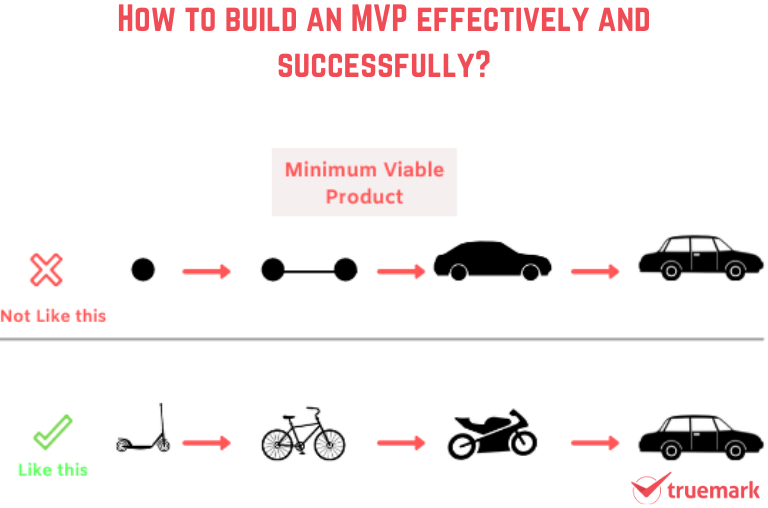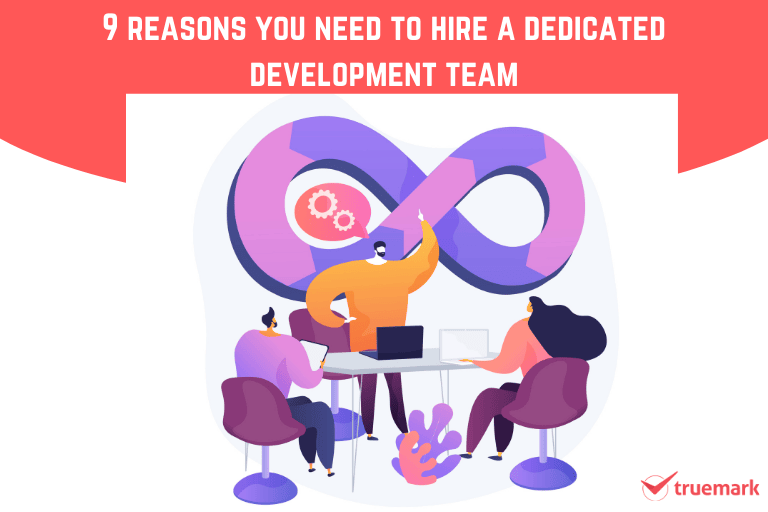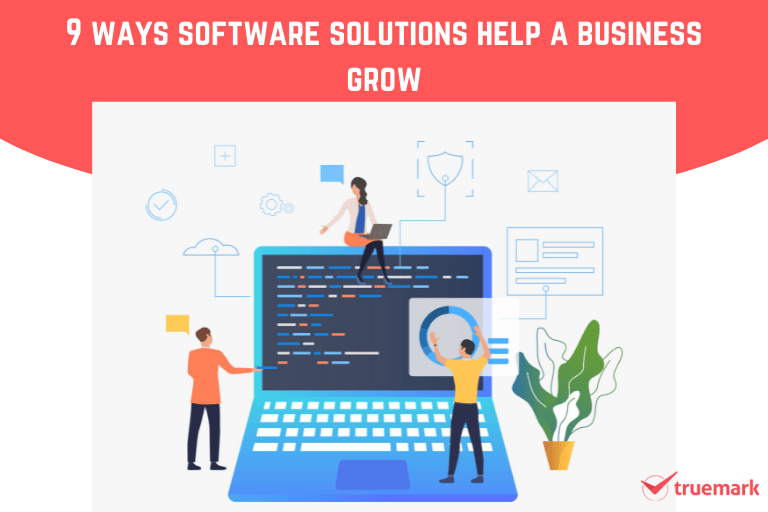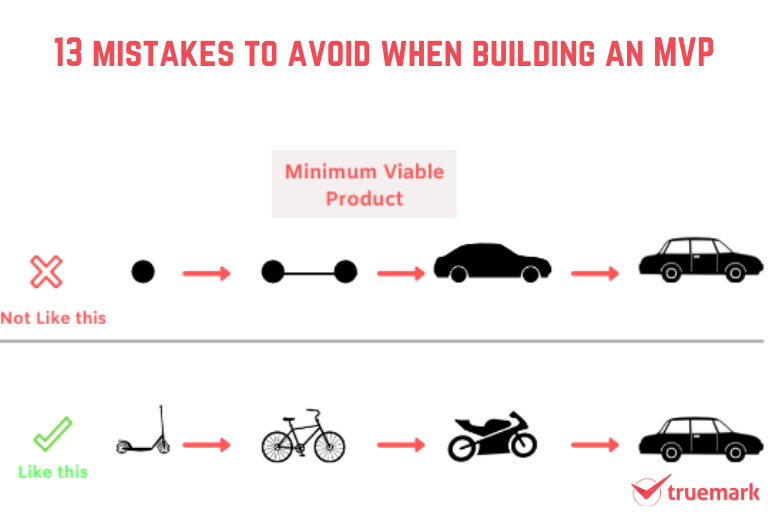You build a product. But, how sure are you it will solve the users’ pain points?
What if it doesn’t succeed? What if you are building the wrong product for the users? If that is the case, your months of effort, time, and money will go in vain. About 90% of startups fail- one reason is not developing the right product.
Building your first product always comes with bigger risks. With it comes immense responsibilities. But, to overcome the challenges, you always have a better solution and that is Minimum Viable Product (MVP).
MVP is the best answer to avoid failure. Even though you use resources to build it, but its collapse won’t harm you because you only have used a small part of your resources- less human resources, less money, less time, and less effort. Instead, it comes with lots of insights and feedback from the users, which will help you improve your product better than ever.
MVP helps validate your idea, clarify your goals and vision, reduce development cost, time, and resources, gather valuable feedback, and the list goes on. It creates a perfect opportunity for a business to only scale.
So, are you wondering what is it, and how to build an MVP? Shortly, you will get your answers. So, keep reading till the end.
What is an MVP?
MVP is not your final product, but a prototype, which comprises only useful and core features that you need to build a product. It helps you validate your ideas, how feasible it is in the market, and know whether it satisfies your users. Likewise, it has many benefits.
How to build an MVP effectively?
Research market
Before developing an MVP, there are things you need to consider, like market research. You need to identify your competitors and how people are likely to buy your product.
Moreover, you need to research if there are similar products in the market. Then study in detail to find the weaknesses of those products and make yours unique from them. If you are serving the same services and features as them, then why would users use your product?
Gather as much information as possible about the market and competitors. Doing this helps you identify your potential customers and how you can compel them to use your products. However, it takes extra effort and time to do it.
Note: Many business owners only focus on research once, i.e., when gathering requirements. Even after identifying your needs, you need to research to know how feasible these requirements are because they keep changing.
Define target audience
Once you finish analyzing the market and competitors, now you need to define your target audience.
A common mistake most business owners make is they assume the target audience and their problems. They are sure that their products will be hit without researching the market, competitors, and target audience. What if the assumptions you made are wrong? It will make your product a failure, which you don’t want.
So, identify the problems you are trying to solve. Gather information on users and what problems they are suffering from. For this, try to think from the users’ perspectives. Think like them and about what approach or features will solve their pain points.
If you don’t solve user problems, then no one will buy your products. And one of the best ways to identify the users’ problems is to talk to and interview them directly. Then, create user personas and work on building an MVP that resolves their’ pain points.
List down the features
Now, list down the features. While you will have thought about them before defining your target audience and market research, still you will have more later. There will be tons of functionalities you want in your product.
Only after research, you will know what you need and what you don’t. So, study thoroughly about the market, competitors, and target audience.
Even though not every feature will be implemented when building an MVP. Still, you will know what to add to the initial version and whatnot. So, note them down as much as you like.
Prioritize the core features
As stated earlier, you will have tons of features, but not each of them will go into the MVP because not every one of them is important.
If you add every feature, then you are building a complete product, not an MVP. Again, you will be in the same position as you were before developing an MVP. Your budget will skyrocket and you will need more resources.
The whole idea of building an MVP is adding the core features in your initial version and seeing how it performs in the market. So, prioritizing the core features is an important step in building an MVP.
Therefore, in this phase, you will identify the important features upon which the entire success of the project depends. Define the important ones first. You can add the remaining ones in the later versions.
Conduct a feasibility study
While gathering requirements and researching the market, you will have already validated your ideas and defined how much time and resources you need. Despite that, keep conducting a feasibility study before, during, and after you start the development process. The market, trends, and technologies keep changing and so do the users’ requirements. So, keep an eye on them and, if needed, modify the needs accordingly.
Moreover, the feasibility study helps you identify the risks and challenges that come with building an MVP. The earlier you recognize them, the easier it will be to carry out the development process. This way, you don’t have to worry about any obstacles. Plus, you will know if the proposed solution will be effective in mitigating the issues.
Build an MVP
Everything you need to build an MVP successfully is completed, the crucial phase starts now. Still, the main question remains- who will build the MVP? Will it be you or professionals?
You can outsource your MVP development to freelancers or a development firm.
We suggest you leave it to the experts, like Truemark Technology, who have experience in building it. As a business owner, you have other responsibilities to manage your business and scale it. Plus, you need to understand the value of your time. The more you waste it, the more you throw away the opportunities to grow your business.
Find the right people who will build it
You have freelancers to develop your MVP. And you can find them on multiple platforms like Fiverr, Upwork, Freelancer, etc.
However, hiring freelancers has drawbacks that backfire on you. They involve themselves in multiple projects at once, so they might not be unavailable when you need them. Plus, it may affect the quality of the product. Miscommunication, lack of commitment, security issues, etc., are other viable concerns. So, it is better to go with a company.
But it doesn’t mean that you shouldn’t hire freelancers. You will find experienced, skilled, and nice freelancers as well. It is just that you need to be assured that they are the right ones for your project before hiring them.
Find the right agency that will build it
The best solution is to hire a development firm. You don’t have to worry about their professionalism. They will be available every time you need them. Plus, they will take your project as their own and give their best to complete it successfully.
While you run your business, a development company, like Truemark Technology, will help you build a product that resonates with your brand and caters to your and your users’ needs.
Test MVP
To ensure your MVP is performing as expected, test it before launching it into the market. Make sure that the product you release is bug-free to avoid failure and disappointing faces.
Launch and gather feedback
Launching your MVP is a perfect opportunity to see how users react to it. It helps you gather their feedback, be it negative or positive. And the former ones will assist you in identifying what is missing in your product, what went wrong, and how you can solve issues.
You will get tons of insights that will help you improve your product and prevent you from failure.
You will learn about your mistakes. You will know what features satisfy your users. Then, you can build the product that they actually want and solve their pain points.
Maintain and update
Maintaining and updating the product is part of the development process. Only after its usage, the users will report bugs and errors. So, work on resolving them.
Plus, the server, frameworks, platforms, etc., you are using to run the software will get new updates, so making your product compatible with them is a fundamental responsibility.
Your product will need constant maintenance and updates after its development.
In Conclusion
Not only your first product, but building every product is always challenging because it comes with many risks. That is why many business owners start with MVP development.
One of the best examples of MVP is Amazon. It started with selling CDs, software, videos, books, etc. But, now it is the leading Ecommerce marketplace. And to build an MVP successfully, you need a reliable development partner, like Truemark Technology.
At Truemark, we use the best technologies and practices to develop an MVP and help businesses grow. With 5+ years of experience in software development, we know exactly how to develop software successfully. So, if you need any help related to development services, please feel free to contact us. We would be glad to help you.




1 Comment
Pingback: 13 Mistakes To Avoid When Building An MVP - The Dev Post